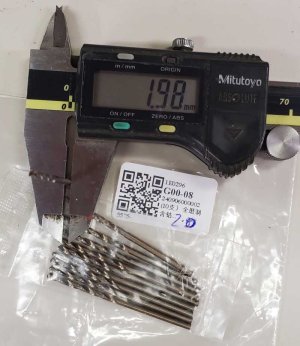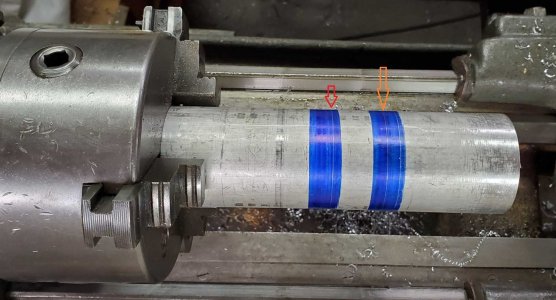One idea I've had is first use the boring bar to cut the Long Arm side to bearing press in diameter with table XY locked. Then clamp down a piece in place of the part, swap the cutter around and cut a disk the diameter of the bearing which will still be on axis with the spindle. Use the previously cut piece to size to a tight slip fit.
Then fasten the piece down on that disk and bore the opposite side after turning the cutter back in to do a hole instead of a plug. Now the two holes should be on axis and in line.
If I bolt a couple of 1-2-3 blocks against the straight edges I should be able to line up the planetary drive clamp plate so that hole is also bored concentric with the spindle.
All with the XY table locked in place.
I think it's all about jigs. A lot of work for one piece. But then one could make 10 or 100 pieces too.
Then fasten the piece down on that disk and bore the opposite side after turning the cutter back in to do a hole instead of a plug. Now the two holes should be on axis and in line.
If I bolt a couple of 1-2-3 blocks against the straight edges I should be able to line up the planetary drive clamp plate so that hole is also bored concentric with the spindle.
All with the XY table locked in place.
I think it's all about jigs. A lot of work for one piece. But then one could make 10 or 100 pieces too.



